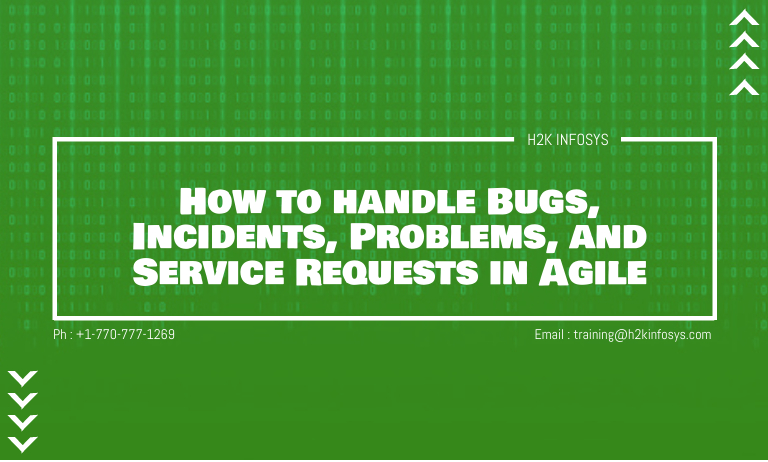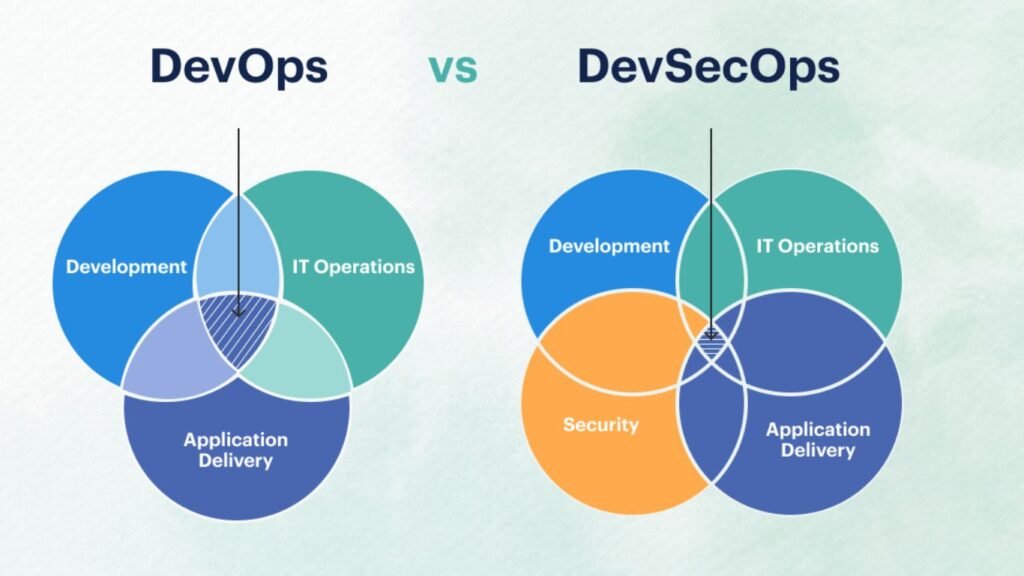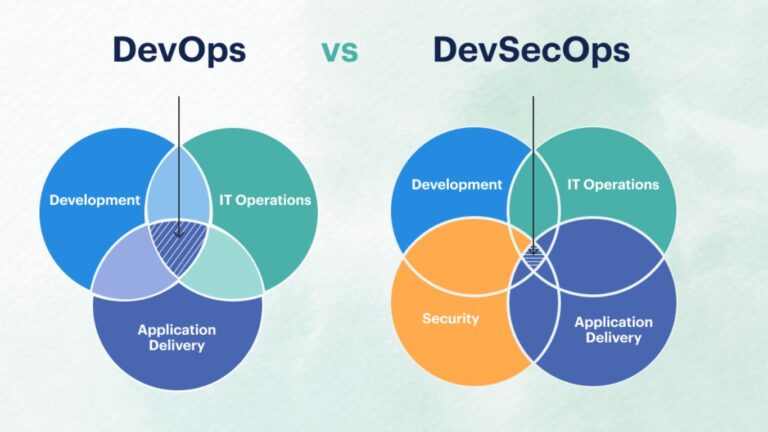During Agile development, you will face or handle bugs, incidents, problems, and service requests. It becomes vital that you know how to handle these. And that’s what you will learn in this tutorial. We’d begin with the first: bugs.
Bugs
A bug is a broad term that refers to any unanticipated hardware or software issue. Let us take, for instance, Grace Hopper, logged and tapped a moth bug that caused problems with the Mark II in a logbook. The bug was discovered in one of Mark II’s components. The moth by Grace Hopper is widely regarded as the first use of the term bug.
However, the term bug has been used to denote a fault with electrical circuits and technology in the past. The length of time it takes to fix a bug is determined by its complexity, the number of developers involved, and the amount of time they have available. If you think you’ve uncovered a bug in a program or gadget, the best method to get it fixed is to report it to the builder.
How to handle bugs in Agile
The world we live in isn’t as flawless as it seems. One of the reasons we have agile in the first place is because of this. It’s not about pretending that everything in your life is perfect. It’s all about adapting to reality and flexibility so that you can deal with difficulties as they arise.
The discovery of a new bug in production in the middle of a sprint is a common concern for teams during programming. There are ways to handle bugs in agile, let’s have a look at them;
- Fixing Errors should be done in sprints to avoid bug overload
If a development team releases code into production without relying on testing and QA processes before deployment, it may be up to your customers to detect and report issues.
- To maintain customer relations robust, improve communication between the support and development teams
Errors do creep through the gaps from time to time. Understanding the way to appropriately handle these bugs and the customers who are impacted is a crucial element of the error of the error-handling process. You can enroll in an online Agile certification course to have a firmer understanding of how to handle bugs.

Problems
Application software that performs one or more jobs, excluding those handled by the operating system, is referred to as a problem in programming. Problems come in a variety of shapes and sizes: Application Suite: This is a collection of applications that serves a specific industry or line of business, for example;
Enterprise software is software that is designed to do various functions to meet the needs of a specific company or organization.
Infrastructure software: this is a type of software that provides one or more services to several machines.
Media Development software: This is software that allows you to create audio or video material for desktop or web-based applications.
How to handle problems in Agile
Agile Project Management (AgilePM) is a realistic framework for ensuring that your team delivers customers’ needs quickly and flexibly. You, as the project manager, must be able to effectively manage daily problems ranging from product quality and customer happiness to project ROI, control, and risk. This can be handled through these mediums below;
- Assuring a high level of product quality
The Agile technique places a strong emphasis on testing, which is built into the development cycle; your team will have multiple opportunities to review and correct designs or product versions.
- Customer Satisfaction is higher
Businesses face a perpetual challenge in ensuring client happiness. Managers can use agile development and project management strategies to address this key objective.
- Detection
To fix an issue, you must first recognize it. This can also be accomplished in a variety of ways. There are also event management solutions that can detect an issue automatically, or you may receive a warning from a provider.
- Error Record with Known Error
It’s critical to keep track of the information in a known error record once you’ve found, logged, and diagnosed the problem.

Incidents
In the context of information technology, an incident is a non-routine event that causes operational procedures to be disrupted. Or a failure of a feature or service that should have been given, or some other form of operating failure, might be considered an event. Security incidents are occurrences that suggest a company’s systems or data have been compromised.
In simple terms, an incident is an event that occurs during testing and necessitates further investigation. If the actual result is different from the expected outcome during testing, it is referred to as a bug, defect, error, problem, fault, or incident. All these names are frequently used interchangeably.
How to handle incidents in Agile
Incidents occur many times during programming, handling it is not as simple as when it occurs. We can handle these incidents in so many ways. Some of these ways are;
- Using Agile values to respond to an occurrence.
- Principle of Incident Communication: (human-centric incident communication) the Principle of incident communication is to create a barrier-free page and keep the situation updated.
- Principle of Incident Communication: This is transparent communication during and after incidents.
Through it, all, don’t overlook the importance of trust.
Service Requests
Users frequently require assistance from the service provider to properly utilize the products and services available. It is at that place that service request management comes into play.
Therefore service request is an appeal from a user or a user’s accredited representative to initiate a service activity that has been agreed upon as a standard aspect of service delivery. Service requests are not used in the event of a service breakdown or degradation (which is handled as incidents).
How to handle Service Requests in Agile
As soon as a requested service has been approved, or if no approval is necessary, the request must be allocated to the proper person or team for review and, eventually, fulfillment. After this, you can then break it down into sub-processes like;
- Making it simple for people to request your services: This way you can handle service requests in Agile by creating a web-based request catalog (by using a shopping basket method) to make it easy for people to lodge requests for the most popular, easy-to fulfill services. But make sure that you don’t overwhelm visitors with superfluous data.
- Make a list of the specifics: Make sure you think about and document who is allowed to request each service, what approvals are required, who pays, and so on. This is how you can handle the service requests.
With all the aforementioned ways on how to handle bugs, incidents, problems, and service requests. You can rest assured that handling these software issues will be as simple as ever. An in-depth explanation of these techniques is discussed in a reputable agile certification training.






























One Response